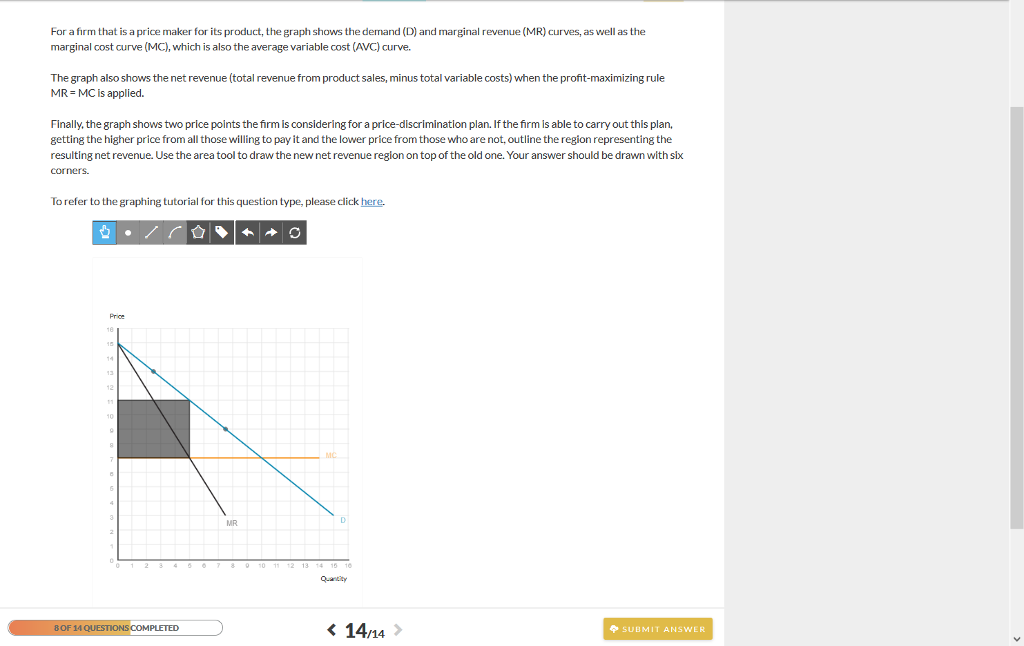


The decision tree can clarify for management, as can no other analytical tool that I know of, the choices, risks, objectives, monetary gains, and information needs involved in an investment problem. In this article I shall present one recently developed concept called the “decision tree,” which has tremendous potential as a decision-making tool. Countless executives want to make them better-but how? (I use the term “investment” in a broad sense, referring to outlays not only for new plants and equipment but also for large, risky orders, special marketing facilities, research programs, and other purposes.) These decisions are growing more important at the same time that they are increasing in complexity. The Stygian Chemical problem, oversimplified as it is, illustrates the uncertainties and issues that business management must resolve in making investment decisions. The chairman also recognizes that unless the company moves promptly to fill the demand which develops, competitors will be tempted to move in with equivalent products. He favors a smaller plant commitment, but recognizes that later expansion to meet high-volume demand would require more investment and be less efficient to operate. The chairman, a principal stockholder, is wary of the possibility of large unneeded plant capacity. The development department, particularly the development project engineer, is pushing to build the large-scale plant to exploit the first major product development the department has produced in some years. The new product, if the market turns out to be large, offers the present management a chance to push the company into a new period of profitable growth. The company grew rapidly during the 1950’s it kept pace with the chemical industry generally. If it builds a small plant, management has the option of expanding the plant in two years in the event that demand is high during the introductory period while in the event that demand is low during the introductory period, the company will maintain operations in the small plant and make a tidy profit on the low volume. If the company builds a big plant, it must live with it whatever the size of market demand. If demand is high and the company does not expand within the first two years, competitive products will surely be introduced. Or high initial demand might indicate the possibility of a sustained high-volume market. Possibly demand will be high during the initial two years but, if many initial users find the product unsatisfactory, will fall to a low level thereafter. The decision hinges on what size the market for the product will be.

The management of a company that I shall call Stygian Chemical Industries, Ltd., must decide whether to build a small plant or a large one to manufacture a new product with an expected market life of ten years.


 0 kommentar(er)
0 kommentar(er)
